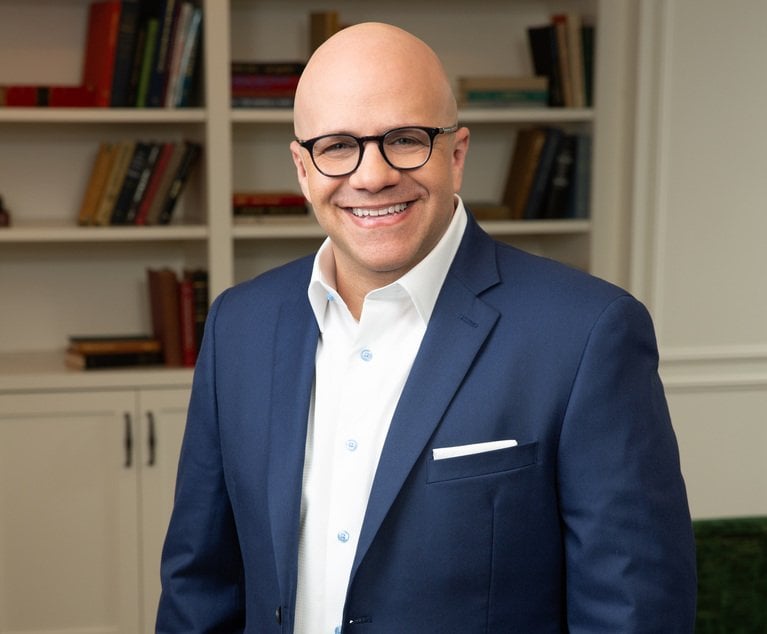Today, in the legal industry’s eighth year of economic expansion following the Great Recession, it is easy to be lulled into a false sense of security. “Who knows when the next recession will be?” we ask. “The next recession can’t be as severe as the previous one,” we tell ourselves. “And if we survived the disastrous effects of the Great Recession, then of course we can handle a smaller one…right?”
This type of thinking sets lawyers up for a very rude awakening. Since 1945, the average duration of a period of economic expansion has been 4.9 years, essentially putting us three to four years overdue for another recession. Moreover, there are strong indications that while the next recession may be milder for the national economy overall, it could potentially hit the legal industry much harder than the national downturn would suggest. Chief among these is the tendency of large corporate clients to forgo entrusting an entire matter to a single firm and instead assigning portions of a matter to a variety of entities, or even sometimes outsourcing high-volume tasks to teams of non-attorneys overseas.










